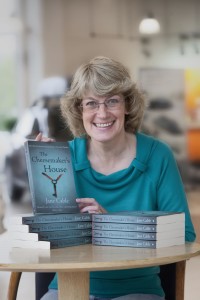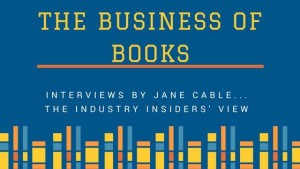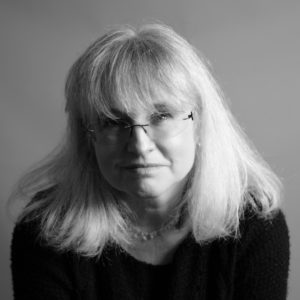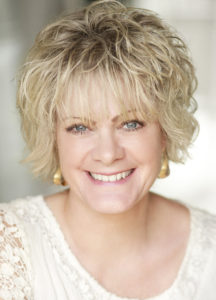Jane Cable shares her experience of a blog tour
It sometimes surprises me when other writers ask me what a blog tour is – but then maybe it shouldn’t, because when I started out I didn’t even know book bloggers existed.
So, for the uninitiated – what is a blog tour? Put simply, your book does the travelling. From one book blog to another, over a short space of time, with reviews, guest posts and giveaways. A brief burst of promotion designed to boost its visibility.
It is perfectly possible to arrange a blog tour yourself, especially if you’re hot on social media and have been meeting bloggers online and looking after them. But many publishing houses now include blog tours as a matter of course for launch activity which means bloggers are very busy and if you’re a debut or indie author it can be hard to get your foot in the door.
From my point of view most of the bloggers I know reviewed The Cheesemaker’s House when it first came out so arranging a celebration tour for its fifth birthday was always going to be a big ask. I needed help, so I decided to enlist the services of a paid expert, Rachel Gilbey of Rachel’s Random Resources. A book blogger herself, Rachel has set up a business to help authors promote their books and she’d received good results for authors I know so I decided to give it a whirl.
 From the outset Rachel was super-professional and she had the tour filled in less than eighteen hours. I was flabbergasted – this wasn’t even a new book. And all but Anne Williams of Being Anne (who I couldn’t do any tour without) were people who hadn’t reviewed the book before. Rachel had their requirements impeccably organised and communicated to me in good time – whether they wanted paperback or ebook review copies, a guest blog, a Q&A, pictures… all set out in one easy to follow email.
From the outset Rachel was super-professional and she had the tour filled in less than eighteen hours. I was flabbergasted – this wasn’t even a new book. And all but Anne Williams of Being Anne (who I couldn’t do any tour without) were people who hadn’t reviewed the book before. Rachel had their requirements impeccably organised and communicated to me in good time – whether they wanted paperback or ebook review copies, a guest blog, a Q&A, pictures… all set out in one easy to follow email.
I’ve written in detail about planning the tour before so let’s skip to the big day – August 1st – with a blitz of seven bloggers primed and ready to go. Actually, they weren’t. One blog never appeared and another, where I’d prepared an excerpt and lengthy Q&A, caught up only a few days later by just bunging the blurb on her blog.
It was actually just as well because the others came to the party in spades – on Twitter especially – and I had so many notifications in my feed from the bloggers and their street teams I found it hard to keep pace with thank yous and retweets. A hint here – it’s actually quicker to do this on an ipad or phone because it takes you back to the right place in your feed and not to the top where you have to scroll down to find where you were again.
For the rest of the tour, most of the other bloggers delivered. Some just put up the blurb but perhaps they didn’t like the book and at the end of the day that’s their prerogative. But in the main the reviews were really positive – glowing, in fact – and I really felt its visibility improved over the week of the tour.
My author profile was definitely raised too. A cannily organised giveaway increased my Facebook page likes and the general activity on Twitter tipped my followers over the 2,000 mark. I met new readers and bloggers online too – and I know that when I have a new book out there will be more open doors to push on for reviews.
So what of sales? Yes – there was an increase – definitely. I won’t know until I get my royalty statement whether it was enough to pay for the tour, but that wasn’t the point. In terms of profile it worked – in spades. And I would certainly use Rachel’s Random Resources again.
Find out more about Rachel’s services at https://www.rachelsrandomresources.com/



